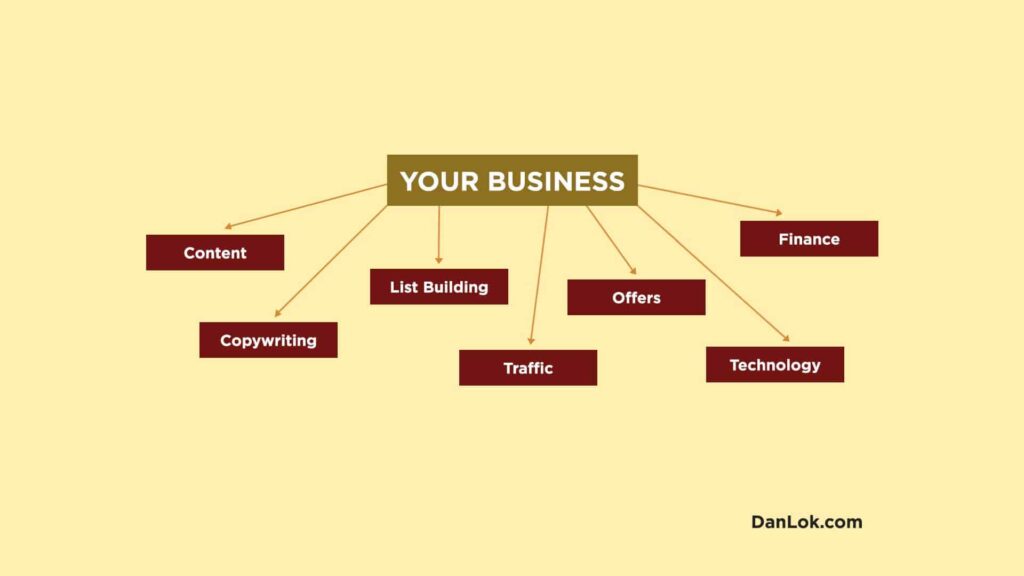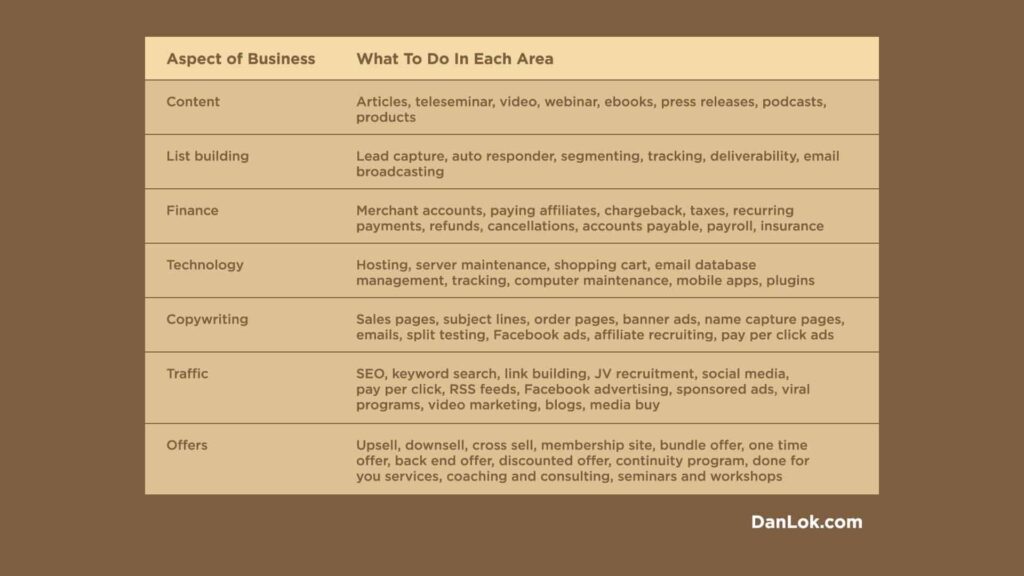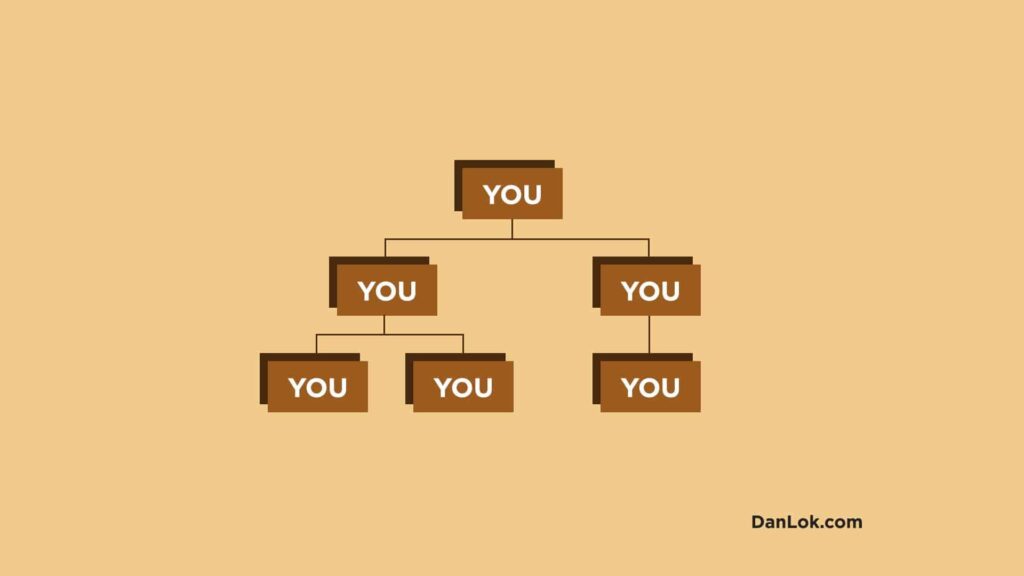Remember when you first started your business and you measured time from one deadline to the next, one task to the next?
One of the biggest challenges you’ll have when you start a business is the number of tasks that you’re taking on.
You’re the expert at everything. You wear the suit and make executive decisions and chat with clients. You roll up your sleeves to make the coffee and fix the photocopier when it breaks down.
The business becomes a part of you so you are living and breathing and dreaming it from morning until night.
At this point, your friends and family are probably wondering where you’ve gone, if you can be separated from your business the way employees can be separated from their jobs. Clearly, you need to make some changes to your professional life so you can have more of a personal life. But how?
The good news is, it’s possible to systematize your business if it isn’t working. It starts with a closer look at all the roles in your company, and then deciding how you can delegate responsibilities to other people.
Watch this video on how to systematize your business so you’re working on it, not in it.
1. Decide What All The Aspects Of Your Business Are
In a typical internet business, for example, you have so many aspects to manage. You have content, copywriting, list building, getting traffic, having offers, technology, and finance. These are some key areas you have to focus on.
Right now, you may be working on all of the areas shown below.

In each of these seven aspects, you may also be working on any or all of these tasks.

Maybe you’ve done most of these tasks before, maybe you don’t know how to even begin doing some of these things, like a teleseminar or RSS feed.
As you expand your business, you will need some help with any of these seven areas. At this moment, let’s pause and take a look at the org chart of your business to see where you need help.
2. Draw Out An Org Chart And Decide On Roles In Your Organization
An organizational chart, or org chart, shows all the roles in your business, from you, the CEO, to everyone else in management and those with the least amount of responsibility.
This is what an org chart looks like for a typical business with one person. Now you can see why entrepreneurs seem to have split personalities. You have to do all the roles and handle all of the tasks.

You can also see that this format cannot work over time. You cannot sustain it.
If you aren’t feeling the exhaustion already, you will. You can’t just stick your head in the sand and hope the problem will go away.
Now instead of just putting your name on all of the roles and responsibilities, like you did in the org chart above, diagram it out more clearly by role. You have several responsibilities but they all contribute to the same end objective.
As the CEO, your objective is to work on the mission. You are the leader, the conductor of the team. To turn your dreams into reality, you need to figure out what roles contribute to your mission.
Every business has four core functions: operations, finance, marketing, and people. Each function includes different responsibilities. When you’ve figured out the functions of your business, you can start clarifying expectations for each role.

3. Assign Names That Clarify Your Expectations For Each Role
Define and name each position in your business but give careful consideration to each name. For example, there is an assumption of seniority when you call someone the Director versus calling someone the Sales Manager.
The way you create a title also makes a huge difference. For each position, assign a name that shows your expectations for each.
If you called someone a Marketing Manager, what do you think that person’s job would be? What if you called that same person the Chief of Revenue Generation instead? Notice how the purpose for that person changes depending on the role you assign them.
4. Systematizing Your Business Requires A Clear Plan
You are not your business. You are you. You create value in the marketplace and you create wealth for your family.
To separate yourself from your business, start delegating others for the other roles in the organizational chart. It may not happen overnight. You will still be in many of the roles when you start.
Over time, you will find someone to be your Chief of Revenue Generation. That is their role. Their responsibilities will be to generate revenue for the company, and that may include different aspects of marketing.
But to systematize your business, you must first decide on all the roles and responsibilities in your company, starting with you as the CEO. Over time, you will find people to take on those responsibilities as you delegate more tasks to other people, while you continue to oversee the mission.
This method is the first step to take so you’re working on your business, not in it.
Are you working on your business, or in it? Comment below.
